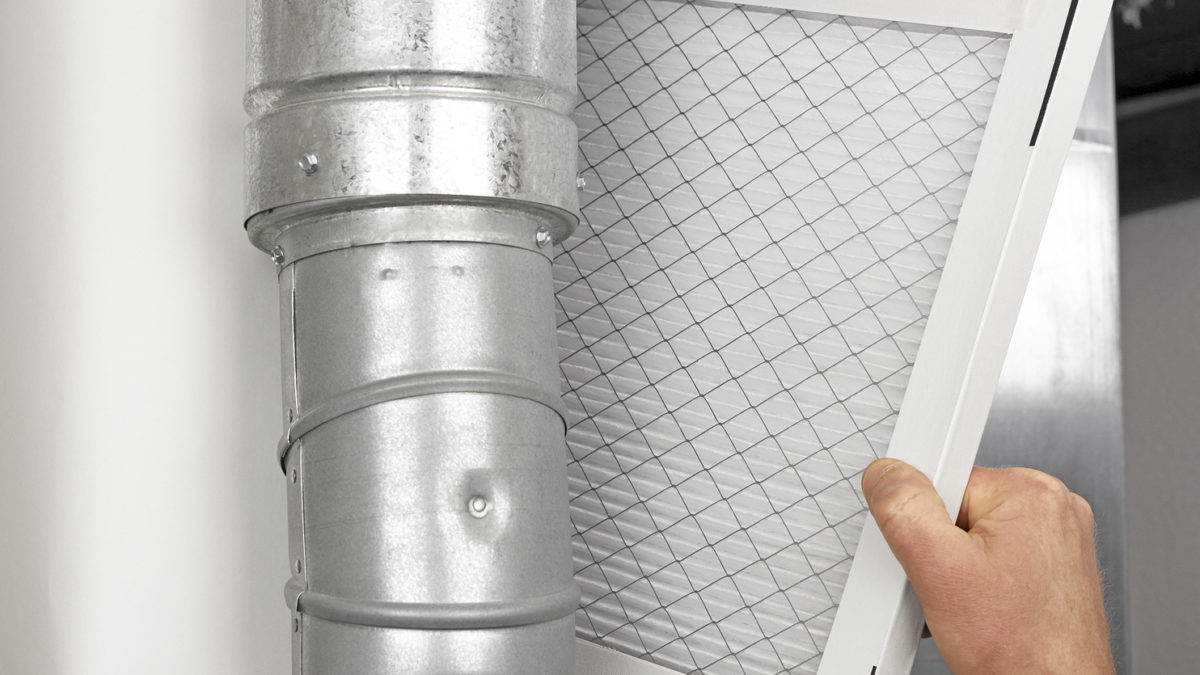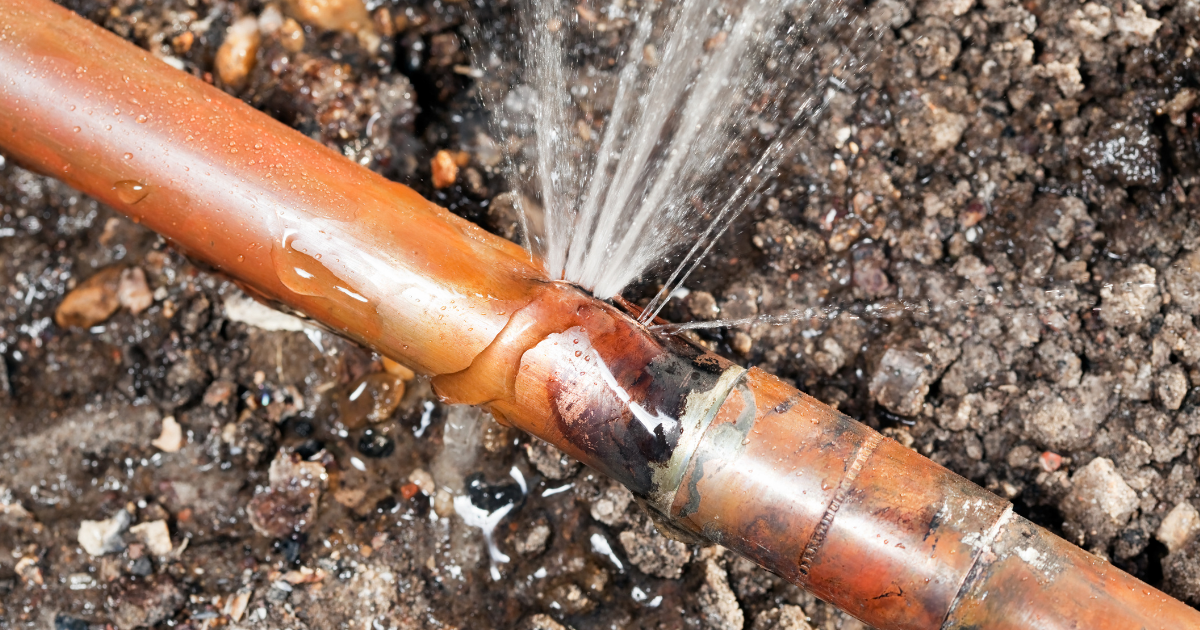Effective Winterizing Strategies to Safeguard Your Pipes From Bursting in Cold Weather
Effective Winterizing Strategies to Safeguard Your Pipes From Bursting in Cold Weather
Blog Article
We have found this post on Prevent Freezing and Bursting Pipes down the page on the internet and think it made perfect sense to talk about it with you in this article.

All homeowners who live in pleasant climates have to do their best to winterize their pipes. Failing to do so can lead to calamity like icy, cracked, or ruptured pipelines.
Turn On the Faucets
When the temperature decreases as well as it appears as if the cold temperature will last, it will certainly help to switch on your water both indoors and outdoors. This will certainly keep the water flowing via your plumbing systems. On top of that, the motion will certainly decrease the freezing process. Notably, there's no requirement to transform it on full blast. You'll wind up losing gallons of water by doing this. Rather, aim for regarding 5 declines per min.
Open Cupboard Doors Hiding Plumbing
When it's cool outside, it would certainly be valuable to open up closet doors that are masking your pipelines. Doing this small trick can keep your pipes warm and limit the possibly dangerous results of freezing temperatures.
Take Some Time to Wrap Exposed Pipeline
One great and also very easy hack to heat up cold pipelines is to cover them with warm towels. You can also use pre-soaked towels in warm water, just don't fail to remember to use safety handwear covers to safeguard your hands from the heat.
Try a Hair Dryer or Warmth Weapon
When your pipes are nearly freezing, your trusty hair dryer or heat weapon is a godsend. Bowling warm air straight into them might aid if the warm towels do not help dislodge any resolving ice in your pipes. However, do not make use of other objects that generate direct flames like a strike lantern. This can result in a bigger calamity that you can not regulate. You may end up damaging your pipelines while attempting to melt the ice. And in the long run, you might even wind up melting your home. So beware!
Shut down Water When Pipes are Frozen
Switch off the major water shutoff right away if you discover that your pipelines are completely icy or practically nearing that stage. You will usually find this in your basement or utility room near the heater or the front wall closest to the street. Transform it off as soon as possible to prevent additional damages.
Do not forget to close outside water resources, too, such as your hookup for the garden home. Doing this will certainly protect against added water from filling up your plumbing system. With even more water, even more ice will certainly stack up, which will ultimately lead to rupture pipes. If you are uncertain regarding the state of your pipes this winter, it is best to call an expert plumber for an assessment. Taking this aggressive method can conserve you thousands of dollars in repairs.
All home owners that live in warm climates must do their best to winterize their pipelines. Failure to do so can spell calamity like icy, broken, or burst pipes. If the hot towels do not assist remove any type of clearing up ice in your pipelines, bowling hot air directly right into them may assist. Turn off the primary water valve immediately if you observe that your pipelines are totally icy or almost nearing that phase. With more water, more ice will load up, which will eventually lead to burst pipelines.
PREVENT YOUR PIPES FROM FREEZING THIS WINTER
A Leading Cause of Property Damage
When the weather is taking a deep nose dive into the cold dreary days, the risk of your pipes freezing and potentially bursting skyrockets. Unfortunately, during these cold dreary months, burst pipes are the most common denominator for property damage. The pipes that are most at the risk are those that are in areas where it is most cold in your home. For instance, pipes located in interior places such as basements, attics, and your garage. Unfortunately, that doesn’t mean that the pipes running through your cabinets or exterior walls can’t freeze. Good news, however, is that you can do things to help prevent pipes from freezing.
How to Prevent Pipes From Freezing
Once the temperature starts to drop during the winter, you should be taking the proper measures needed to ensure that your pipes stay warm and that there is circulation of water through them. Some steps that experts may recommend could go against your better judgement when it comes to saving water and heat. However, it would go without saying that when expenses are compared, damaged pipes could put a bigger dent in your wallet than a water bill.
What Can I Do?
Keep your garage door closed. This is very important, especially if you have water supply lines running through your garage. Open your kitchen and bathroom cabinets to allow warm air to circulate through them. Allow air circulation throughout your home. Keeping the interior doors open will once again allow the warm air to circulate inside your home. Ensure your thermostat is running the same temperature throughout the night and day. If you plan to be away from home during the cold months, set your temperature no lower than 55° F. This should provide enough heat to keep the pipes warm and prevent any remaining water inside the pipes from freezing. For more of a long-term solution, add insulation to attics, basement, and other crawl spaces around your home. By allowing your faucet to drip, it will alleviate pressure in the system. This is important because the pressure that is created between the blockage and the faucet can potentially cause the pipes to burst. Allowing the faucet to drip will prevent the pressure from building up, therefore keeping the pipes from bursting. Seal any cracks, openings, and crawl spaces around your home to prevent cold air from coming inside. This keeps your pipes-not to mention your home-warmer and less susceptible to issues caused by freezing temperatures. For the pipes in your home that are easily accessible, applying electrical tape to them might prevent them from freezing over. This is a quick fix, as you can apply the tape directly to the pipe. There are two options for heating tapes. One turns on and off by itself when it senses heat is needed. The other type of heating tape needs to be applied when heat is needed and removed when not necessary. If you have exposed pipes in your home, you can check this website to take a look at a few options that would be available at a shop near you.

Do you like reading up on How to Prevent Frozen Pipes? Write feedback below. We would be pleased to know your opinions about this entry. We are looking forward that you come back again in the near future. If you please take a moment to share this blog entry if you liked it. Thanks for going through it.
Request immediate service. Report this page